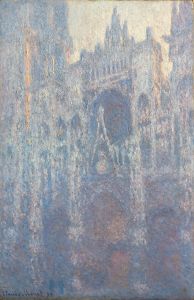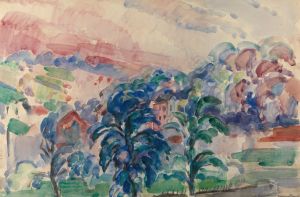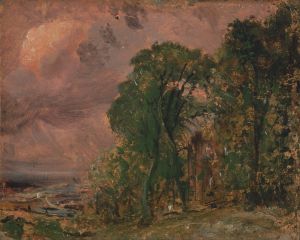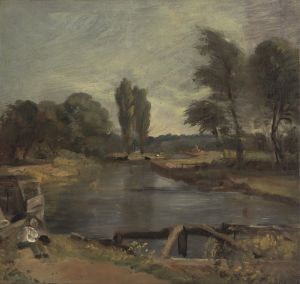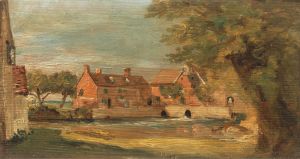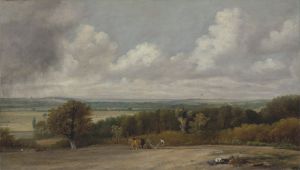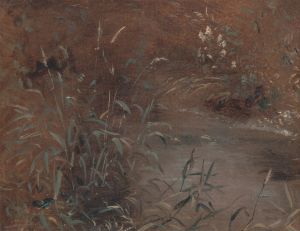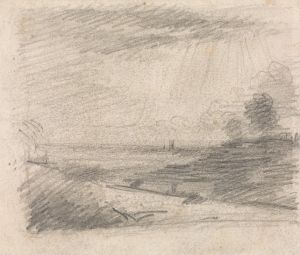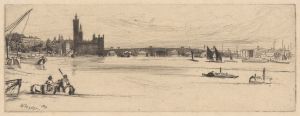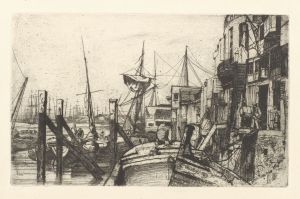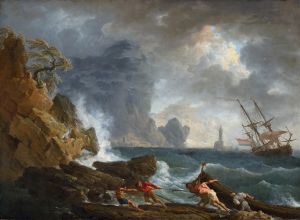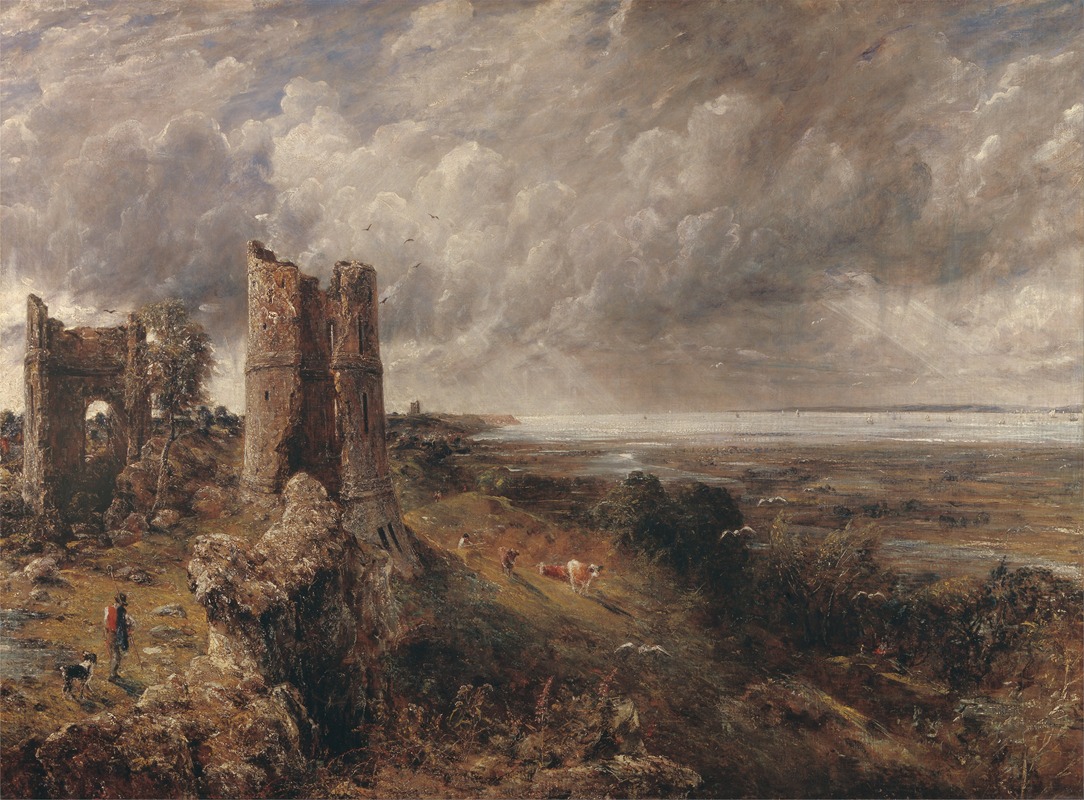
Hadleigh Castle, The Mouth of the Thames–Morning after a Stormy Night
A hand-painted replica of John Constable’s masterpiece Hadleigh Castle, The Mouth of the Thames–Morning after a Stormy Night, meticulously crafted by professional artists to capture the true essence of the original. Each piece is created with museum-quality canvas and rare mineral pigments, carefully painted by experienced artists with delicate brushstrokes and rich, layered colors to perfectly recreate the texture of the original artwork. Unlike machine-printed reproductions, this hand-painted version brings the painting to life, infused with the artist’s emotions and skill in every stroke. Whether for personal collection or home decoration, it instantly elevates the artistic atmosphere of any space.
"Hadleigh Castle, The Mouth of the Thames–Morning after a Stormy Night" is a notable oil painting by the renowned English Romantic painter John Constable. Completed in 1829, this work is a prime example of Constable's dedication to capturing the natural landscape with emotional depth and technical precision. The painting is part of the collection at the Yale Center for British Art in New Haven, Connecticut.
John Constable, born in 1776 in Suffolk, England, is celebrated for his landscape paintings that depict the English countryside with a focus on natural light and atmosphere. His works often reflect his deep connection to the landscapes of his youth, particularly the areas around Suffolk and Essex. "Hadleigh Castle" is no exception, as it portrays the ruins of Hadleigh Castle, which is located in Essex, overlooking the Thames estuary.
The painting captures the aftermath of a stormy night, as suggested by its title. Constable's use of light and shadow conveys a sense of drama and tranquility simultaneously. The sky, a significant element in Constable's works, is depicted with swirling clouds that suggest the recent passage of a storm. The sunlight breaking through the clouds casts a gentle illumination on the castle ruins and the surrounding landscape, creating a contrast that highlights the rugged beauty of the scene.
Constable's interest in Hadleigh Castle was partly due to its historical significance and its picturesque location. The castle, originally built in the early 13th century, had fallen into ruin by Constable's time, symbolizing the passage of time and the transient nature of human endeavors. This theme of decay and the sublime beauty of nature is a recurring motif in Romantic art, and Constable captures it with sensitivity and skill.
The painting is also notable for its technical aspects. Constable was known for his innovative use of color and brushwork, which can be seen in the textured depiction of the sky and landscape. His technique involved the application of paint in layers, creating a sense of depth and movement. This approach was somewhat unconventional at the time and contributed to the development of landscape painting as a respected genre in its own right.
"Hadleigh Castle" was created during a period of personal difficulty for Constable. His wife, Maria, had passed away in 1828, and the painting reflects a somber, reflective mood that may have been influenced by his grief. Despite this, the work is imbued with a sense of resilience and the enduring beauty of nature, which are hallmarks of Constable's artistic vision.
The painting was exhibited at the Royal Academy in 1829, where it was well received by critics and the public. It remains an important work in Constable's oeuvre, illustrating his mastery of landscape painting and his ability to convey complex emotions through his art.
Today, "Hadleigh Castle, The Mouth of the Thames–Morning after a Stormy Night" is appreciated not only for its aesthetic qualities but also for its historical significance as a reflection of early 19th-century Romanticism. It continues to be studied and admired by art historians and enthusiasts alike, serving as a testament to Constable's enduring legacy in the world of art.





